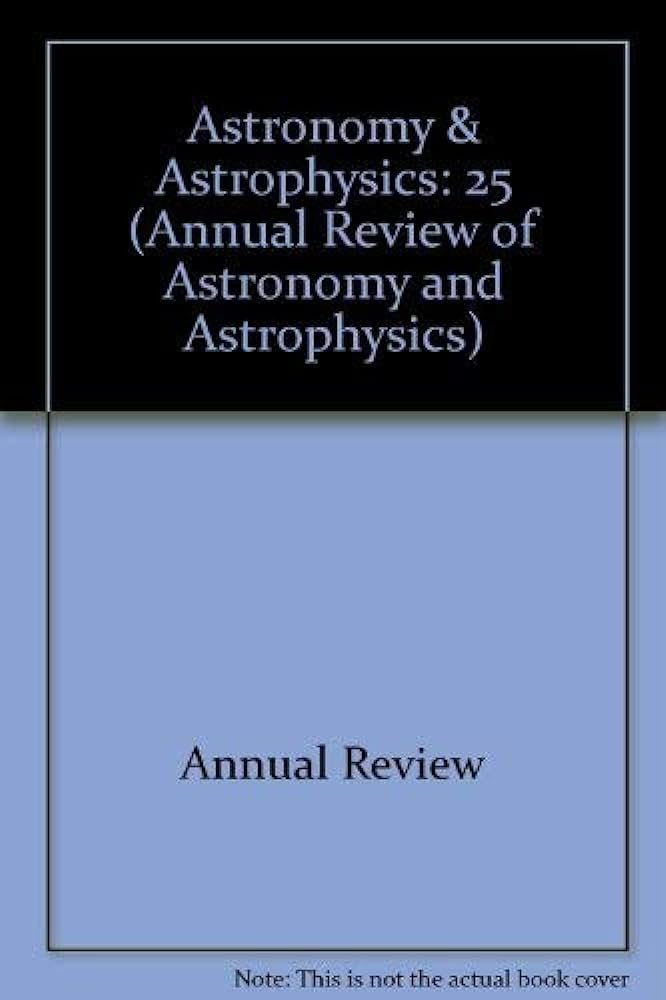冷却老化恒星的演化和质量损失:一个代达林的故事
IF 32.5
1区 物理与天体物理
Q1 ASTRONOMY & ASTROPHYSICS
Annual Review of Astronomy and Astrophysics
Pub Date : 2020-11-26
DOI:10.1146/annurev-astro-090120-033712
引用次数: 13
摘要
许多现象,如宇宙的化学富集,行星状星云、白矮星和引力波祖先的质谱,超新星的频率分布,系外行星的命运等等,都受到恒星通过强风排出的质量的高度调节。半个多世纪以来,这些冷却老化恒星的风已经在一维模型的共同解释框架内得到了解释。我在这里讨论这个框架现在如何显得非常有问题。•目前的一维质量损失率公式相差数量级,使得当代恒星演化预测高度不确定。这些恒星风的三维复杂性在尺度上跨越了23个数量级,从纳米到数千个天文单位。如果我们的目标是量化质量损失并评估其对恒星演化的影响,我们需要接受并理解这些3D空间现实。因此,我们需要评估以下内容:•分子和固态聚集体的3D寿命:形成第一批尘埃种子的气相团簇尚未确定。这限制了我们使用自洽方法预测质量损失率的能力。•3D团块的出现:它们对质量损失的贡献不可忽视,尽管它们对风力驱动机制的重要性似乎有限。•(隐藏的)伴星的三维持久影响:未被识别的双星相互作用使先前的质量损失率估价值偏大。只有这样,才有可能大幅提高我们对任何恒星在4D(经典)时空中进化路径的预测能力。《天文学和天体物理学年度评论》第59卷的最终在线出版日期预计为2021年9月。修订后的估计数请参阅http://www.annualreviews.org/page/journal/pubdates。本文章由计算机程序翻译,如有差异,请以英文原文为准。
Evolution and Mass Loss of Cool Aging Stars: A Daedalean Story
A multitude of phenomena—such as the chemical enrichment of the Universe, the mass spectrum of planetary nebulae, white dwarfs and gravitational wave progenitors, the frequency distribution of supernovae, the fate of exoplanets, etc.—are highly regulated by the amounts of mass that stars expel through a powerful wind. For more than half a century, these winds of cool aging stars have been interpreted within the common interpretive framework of 1D models. I here discuss how that framework now appears to be highly problematic. • Current 1D mass-loss rate formulae differ by orders of magnitude, rendering contemporary stellar evolution predictions highly uncertain. These stellar winds harbor 3D complexities that bridge 23 orders of magnitude in scale, ranging from the nanometer up to thousands of astronomical units. We need to embrace and understand these 3D spatial realities if we aim to quantify mass loss and assess its effect on stellar evolution. We therefore need to gauge the following: • The 3D life of molecules and solid-state aggregates: The gas-phase clusters that form the first dust seeds are not yet identified. This limits our ability to predict mass-loss rates using a self-consistent approach. • The emergence of 3D clumps: They contribute in a nonnegligible way to the mass loss, although they seem of limited importance for the wind-driving mechanism. • The 3D lasting impact of a (hidden) companion: Unrecognized binary interaction has biased previous mass-loss rate estimates toward values that are too large. Only then will it be possible to drastically improve our predictive power of the evolutionary path in 4D (classical) spacetime of any star. Expected final online publication date for the Annual Review of Astronomy and Astrophysics, Volume 59 is September 2021. Please see http://www.annualreviews.org/page/journal/pubdates for revised estimates.
求助全文
通过发布文献求助,成功后即可免费获取论文全文。
去求助
来源期刊

Annual Review of Astronomy and Astrophysics
地学天文-天文与天体物理
CiteScore
54.80
自引率
0.60%
发文量
14
期刊介绍:
The Annual Review of Astronomy and Astrophysics is covers significant developments in the field of astronomy and astrophysics including:The Sun,Solar system and extrasolar planets,Stars,Interstellar medium,Galaxy and galaxies,Active galactic nuclei,Cosmology,Instrumentation and techniques,
History of the development of new areas of research.
 求助内容:
求助内容: 应助结果提醒方式:
应助结果提醒方式:


